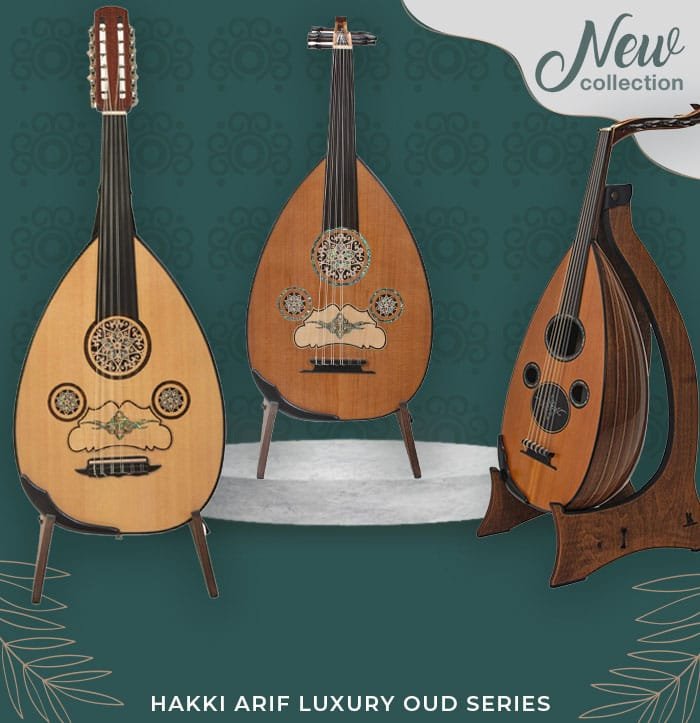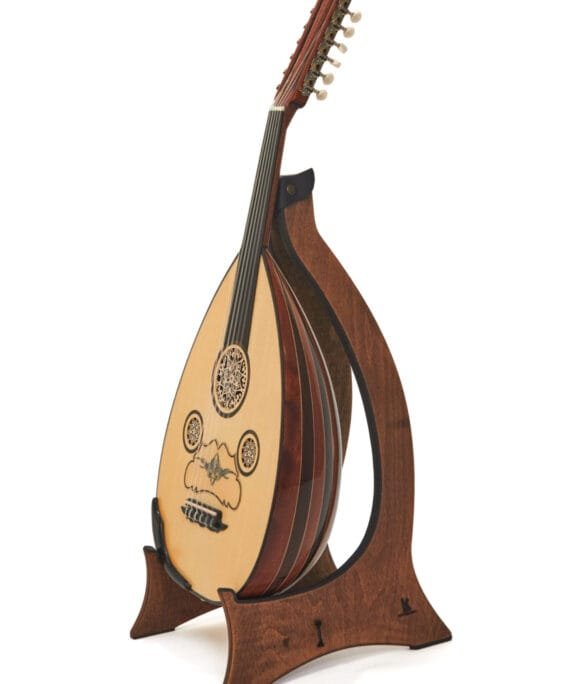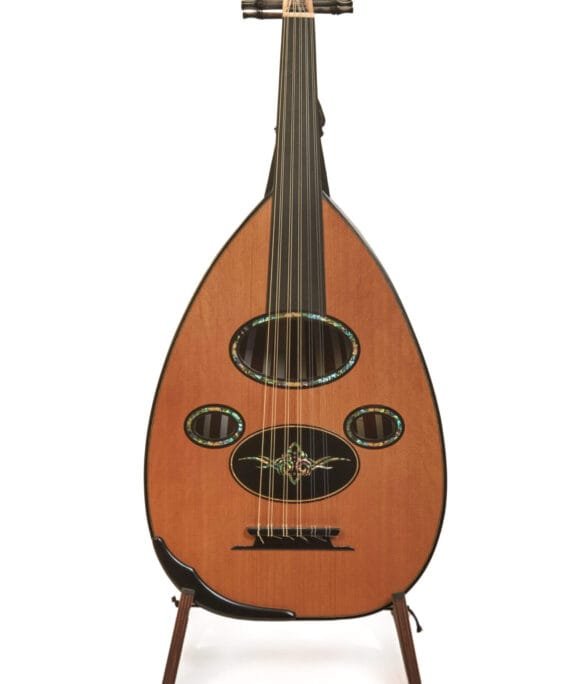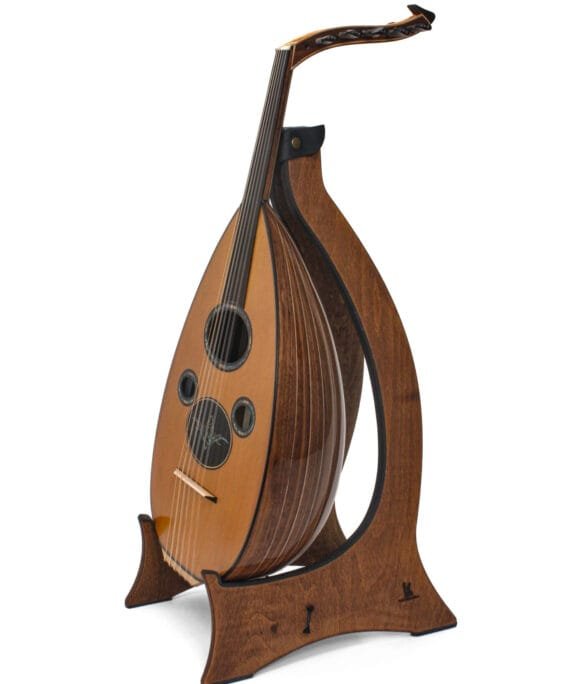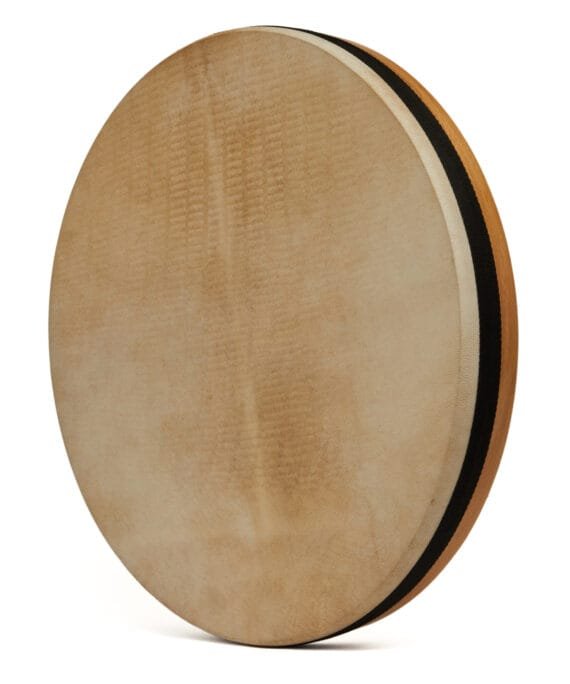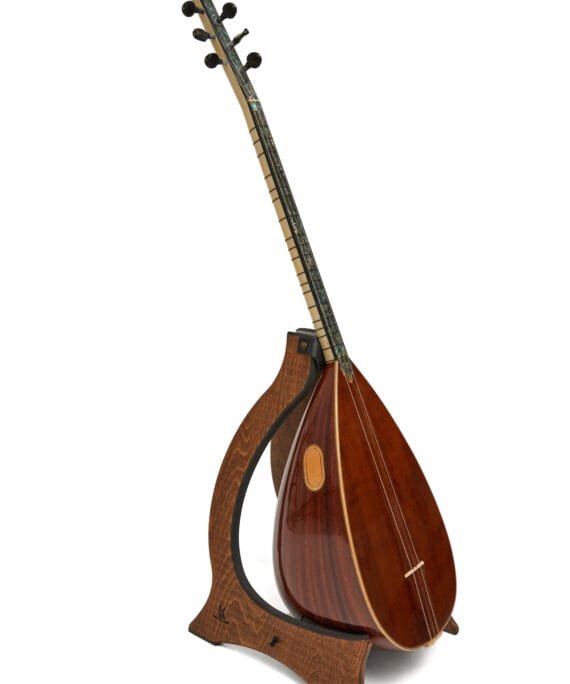Your cart is empty Continue Shopping
FREE SHIPPING
Free worldwide shipping on all orders
Free Returns
You can return your eligible items in 14 days from the day of receiving to the package
Secure Shopping
You're in safe hands
Swift Dispatch
All products will be dispatch within a maximum of 2 days after your order.
- Hakkı Arif Luxury Ouds
Luxury Mahogany&Walnut Turkish Oud by Master Hakkı Arif – Amazing Mother of Pearl Design
Rated 4.83 out of 5Reviews (6)$1.049,00Original price was: $1.049,00.$1.019,00Current price is: $1.019,00.Availability: 1 in stockAdd to cart - Arabic Ouds
Luxury Pamela&Maple Iraqi Oud by Master Hakkı Arif – Amazing Mother of Pearl Design
Rated 5.00 out of 5Reviews (3)$1.199,00Original price was: $1.199,00.$1.099,00Current price is: $1.099,00.Availability: 2 in stockAdd to cart
Shop By Category
- Sold OutArabic Ouds
Luxury Pamela Arabic Oud by Master Hakkı Arif – Cedar Top with Amazing Mother of Pearl Design
$1.199,00Original price was: $1.199,00.$1.099,00Current price is: $1.099,00.Rated 5.00 out of 5Read more - Arabic Ouds
Luxury Pamela&Maple Iraqi Oud by Master Hakkı Arif – Amazing Mother of Pearl Design
$1.199,00Original price was: $1.199,00.$1.099,00Current price is: $1.099,00.Rated 5.00 out of 5Add to cart - Hakkı Arif Luxury Ouds
Luxury Mahogany&Walnut Turkish Oud by Master Hakkı Arif – Amazing Mother of Pearl Design
$1.049,00Original price was: $1.049,00.$1.019,00Current price is: $1.019,00.Rated 4.83 out of 5Add to cart - Sold Out

Oud Instrument
Half Electric Acoustic Oud Mahogany – Turkish Mastery for Professional Musicians Made by Kamil Gül
"Just received my oud from Oudandmore Music Shop and it's stunning! The craftsmanship is top-notch and the sound is incredible. Highly recommend!"
Olivia Y - Canada 2023.12.18
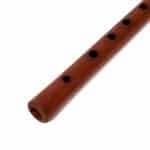
Wind
Exquisite Premium Arabic Walnut Oud: Dubai Style
"Thrilled with my ney flute from Oduandmore Music! Beautifully made and produces a lovely tone. Perfect for my performances."
Luis A. - Mexico 2023.12.26

Saz & Baglama
Turkish Long Neck Baglama Saz Mulberry- Free Soft Case
"Impressed with the baglama I got from Oud & More Musical Shop. Excellent craftsmanship and authentic sound. A must-have for any musician."
Asahi C. - Japan 2024.01.06

Percussion
16″ Professional Fiber Head Tunable Bendir
"Love my bendir from Oudandmore Music! Well-made and produces a rich, deep sound. Couldn't be happier."
Robert J. - USA 2024.01.11
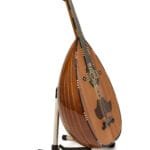
Oud Instrument
Exquisite Premium Arabic Walnut Oud: Dubai Style
"Absolutely mesmerized by the oud I purchased from Oudandmore Music The craftsmanship is extraordinary, and the sound transports me to another world. An investment worth every penny!"
Antonio F. - Italy 2024.01.24

Saz & Baglama
Turkish Long Neck Baglama Saz Mulberry- Free Soft Case
Couldn't be happier with my baglama purchase from this site! The craftsmanship is impeccable and the sound is divine. Highly recommend!
Addison Green 2024.02.15

Turkish Zurna
Professional Turkish Zurna Mulberry Wood SOL FREE Mouthpiece
Absolutely delighted with my zurna! The craftsmanship is outstanding and it sounds incredible. Great service and fast shipping. Thank you!
Gabriel Murphy 2024.03.01

Arabic Ouds
Luxury Pamela&Maple Iraqi Oud by Master Hakkı Arif – Amazing Mother of Pearl Design
Found exactly what I was looking for! Bought an oud and it's beautiful. The craftsmanship is superb. Thank you for the excellent service!
Henry Sullivan 2024.03.24

Electric Ouds
Luxury Wenge&Mahogany Concert Electic Acoustic Oud by Master Hakkı Arif – Amazing Mother of Pearl Design
Highly recommend this site for anyone in search of Turkish and Arabic instruments! Purchased a ney and it's fantastic quality. Thank you!
Natalie Reed 2024.03.21

Turkish Ney
Premium Turkish Ney DO ”Yildiz” – Handcrafted from Natural Reed for Authentic Melodies – Free Hard Ney Case
A treasure trove for Turkish and Arabic instrument enthusiasts! Bought a ney and I'm in love with it. Excellent service and fast delivery!
Evelyn Brooks 2024.03.02
What Materials are Used to Make the Oud Instrument?
The oud is a traditional stringed instrument commonly found in Middle Eastern and North African music. It is typically made of several types of wood. The body of the oud is usually crafted from a bowl-shaped resonating chamber, which can be made from different woods such as walnut, rosewood, or mahogany. The soundboard (top) of the oud is usually made from cedar or spruce. The neck of the oud is usually made from hardwood such as maple or mahogany, and it usually has a set of frets made of gut or nylon tied around the neck. Overall, the oud's construction can vary somewhat depending on the maker's preferences and regional traditions, but it generally involves a combination of these woods and materials to achieve its distinctive sound and aesthetic. Our website offers a variety of oud models that you can purchase according to your interest. Buy an oud instrument today.
What is the historical background of the oud instrument?
The oud instrument has a rich and storied historical background that dates back thousands of years. Originating in the Middle East, the oud is considered one of the oldest stringed instruments still in use today. Its exact origins are not entirely clear, but it is believed to have evolved from similar ancient instruments such as the Persian barbat and the ancient Egyptian lute. The oud gained popularity during the Islamic Golden Age, flourishing in regions such as Iraq, Syria, and Egypt. It was highly esteemed in Islamic culture, with renowned scholars and musicians contributing to its development and refinement. Throughout its history, the oud has undergone various transformations in terms of its shape, size, and playing techniques, reflecting the diverse cultural influences it encountered as it spread across the Middle East, North Africa, and eventually into Europe. During the medieval period, the oud's influence extended into Europe, where it contributed to the development of other stringed instruments such as the lute. Over time, the oud continued to evolve and adapt to different musical traditions and styles, remaining a central instrument in traditional Middle Eastern and North African music. Today, the oud maintains its significance as a symbol of cultural heritage and artistic expression, cherished by musicians and audiences worldwide for its distinctive sound and rich cultural history.
What are the various types of ouds available?
The oud comes in various types and styles, reflecting regional differences, construction materials, and playing techniques. Here are some of the main types:
Arabic Oud: This is the most common type, characterized by a rounded back and a slightly convex soundboard. It is widely used in traditional Arabic music.
Turkish Oud: Also known as the "Middle Eastern oud," it typically has a smaller body compared to the Arabic oud and features a flatter soundboard. It is popular in Turkish, Greek, and Armenian music.
Syrian Oud: Similar to the Arabic oud in shape and design, the Syrian oud is known for its craftsmanship and is highly regarded among oud players.
Iraqi Oud: This type often features a larger body and a slightly different shape compared to other ouds. It has a warm and resonant tone and is commonly used in Iraqi music.
Persian Oud: Also known as the "barbat," the Persian oud typically has a deeper bowl and a longer neck compared to other ouds. It is used in classical Persian music.
Egyptian Oud: This type is characterized by its larger size and deep bowl, which contributes to its rich and resonant sound. It is popular in both traditional and modern Egyptian music.
These are just a few examples, and there are many other regional variations and styles of ouds found across the Middle East, North Africa, and beyond. Each type may have subtle differences in sound, construction, and playing technique, making them unique instruments with their own musical characteristics.

